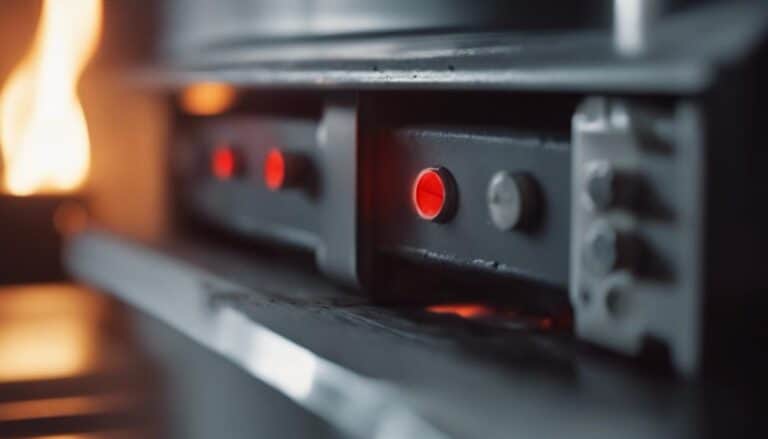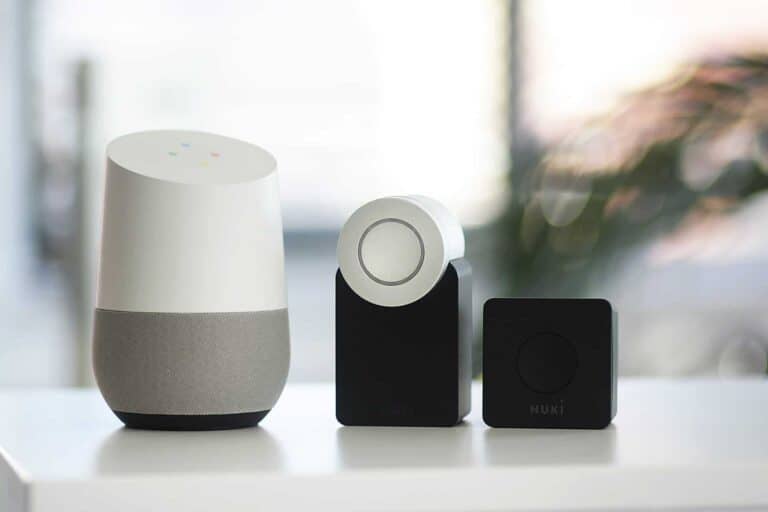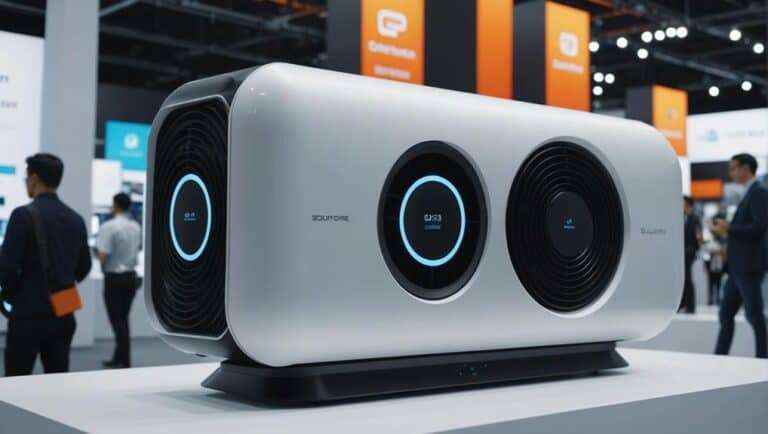PM2.5 Filter: What It Is and How It Works
PM2.5 filters are becoming increasingly popular in today’s world due to the rise of air pollution levels. These filters are designed to remove fine particulate matter from the air, which can be harmful to human health. PM2.5 refers to particulate matter that has a diameter of less than 2.5 micrometers, which is about 3% the diameter of a human hair.
PM2.5 filters work by using a combination of physical and chemical processes to remove harmful particles from the air. The physical process involves trapping particles on a filter, while the chemical process involves neutralizing or absorbing harmful gases and chemicals. These filters are commonly used in air purifiers, HVAC systems, and face masks to improve indoor and outdoor air quality.
While PM2.5 filters can be effective in removing harmful particles from the air, it is important to note that they are not a complete solution to air pollution. Other factors such as outdoor air quality, ventilation, and personal exposure also play a significant role in determining air quality. Nevertheless, the use of PM2.5 filters can be a useful tool in improving air quality and protecting human health.
What is PM2.5?
PM2.5 refers to fine particulate matter that is 2.5 micrometers or smaller in diameter. These particles are so small that they can be inhaled deeply into the lungs and even enter the bloodstream, causing a range of health problems.
Sources of PM2.5
PM2.5 can come from a variety of sources, including:
- Vehicle exhaust
- Industrial emissions
- Wood burning stoves and fireplaces
- Agricultural activities
- Natural sources such as wildfires and dust storms
Exposure to PM2.5 can lead to respiratory and cardiovascular problems, including asthma, bronchitis, and heart disease. It can also affect the immune system and cause developmental problems in children.
It is important to take steps to reduce exposure to PM2.5, such as using air filters and avoiding outdoor activities during times of high pollution. By understanding the sources of PM2.5 and taking action to reduce exposure, we can protect our health and the health of our communities.

Why use a PM2.5 filter?
Health effects of PM2.5
PM2.5 refers to fine particles that are 2.5 micrometers or smaller in diameter. These particles are small enough to penetrate deep into the lungs and even enter the bloodstream. Exposure to PM2.5 has been linked to a range of health problems, including:
- Increased risk of heart disease and stroke
- Respiratory problems, such as asthma and bronchitis
- Decreased lung function
- Premature death
Children, the elderly, and people with pre-existing health conditions are particularly vulnerable to the health effects of PM2.5 exposure. In areas with high levels of air pollution, using a PM2.5 filter can help reduce the risk of these health problems.
PM2.5 filters work by capturing these fine particles before they can enter your lungs. They are commonly used in air purifiers, masks, and other air filtration systems. By using a PM2.5 filter, you can help protect yourself and your family from the harmful effects of air pollution.
Types of PM2.5 Filters
Mechanical Filters
Mechanical filters are the most common type of PM2.5 filter. They work by physically trapping particles as they pass through the filter. These filters are made of materials like fiberglass, polyester, or cotton. They are often pleated to increase their surface area and capture more particles. Mechanical filters can remove up to 99% of PM2.5 particles.
Activated Carbon Filters
Activated carbon filters are another type of PM2.5 filter. They work by adsorbing pollutants onto the surface of the filter. Activated carbon filters are made of small carbon pellets or beads. They are effective at removing odors, gases, and volatile organic compounds (VOCs) in addition to PM2.5 particles. However, they are less effective at removing larger particles.
Electrostatic Filters
Electrostatic filters use an electric charge to attract and trap particles. They are made of materials like polypropylene or polyester that have been treated with an electrostatic charge. Electrostatic filters can remove up to 95% of PM2.5 particles. However, they can be less effective over time as the charge dissipates.
Overall, each type of PM2.5 filter has its own strengths and weaknesses. Mechanical filters are effective and affordable, but they need to be replaced regularly. Activated carbon filters are good at removing odors and VOCs, but they may not be as effective at removing larger particles. Electrostatic filters are effective, but they can lose their charge over time. Consider your specific needs and budget when choosing a PM2.5 filter for your air purifier.
How to Choose a PM2.5 Filter
Filter Efficiency
The efficiency of a PM2.5 filter is measured by its ability to remove particles that are 2.5 micrometers or smaller in size. Look for filters that have a high efficiency rating, such as HEPA filters, which can remove up to 99.97% of particles. Some filters may also have a MERV rating, which measures the filter’s ability to remove larger particles as well. A higher MERV rating indicates a more efficient filter.
Filter Lifespan
The lifespan of a PM2.5 filter depends on several factors, such as the level of pollution in your area and how often the filter is used. Look for filters that have a longer lifespan, as this can save you money in the long run. Some filters may also have an indicator that lets you know when it’s time to replace the filter.
Compatibility with Air Purifiers
Make sure the PM2.5 filter you choose is compatible with your air purifier. Some filters are designed to fit specific models, while others may be more universal. Check the manufacturer’s specifications to ensure you are getting the right filter for your air purifier.
When choosing a PM2.5 filter, it’s important to consider the filter’s efficiency, lifespan, and compatibility with your air purifier. By doing your research and selecting a high-quality filter, you can improve the air quality in your home or office and protect yourself from harmful particles.
Conclusion
After extensive research and analysis, it is clear that PM2.5 filters are an effective way to improve indoor air quality. These filters are capable of removing a wide range of harmful particles from the air, including dust, pollen, and smoke. They are particularly useful for individuals with respiratory issues, such as asthma or allergies, as well as those living in areas with high levels of air pollution.
When selecting a PM2.5 filter, it is important to consider the size of the filter, as well as its efficiency rating. Look for filters with a high MERV rating, as these are capable of capturing smaller particles. Additionally, consider the cost and lifespan of the filter, as well as any additional features, such as activated carbon or HEPA filtration.
While PM2.5 filters are a great way to improve indoor air quality, they should not be relied upon as the sole solution. Other measures, such as proper ventilation and regular cleaning, should also be taken to ensure the air in your home or office is as clean and healthy as possible.







One Comment